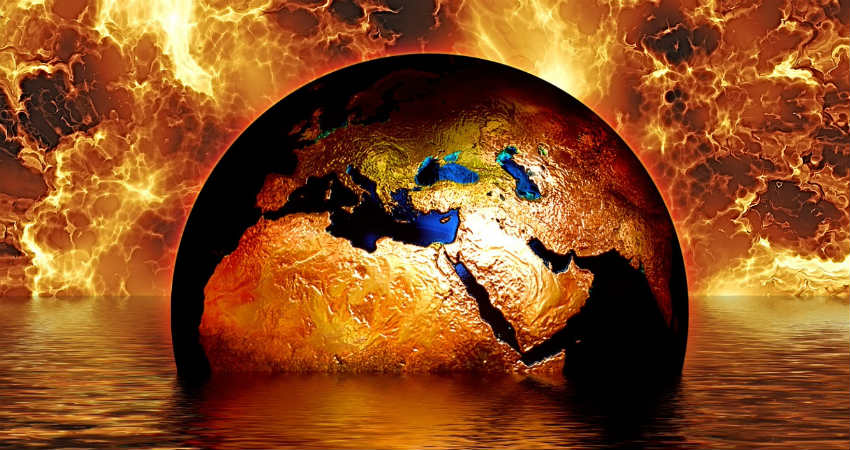
What is the connection between human health and climate change?
In the last 50 years, human activities, especially the combustion of fossil fuels, have accumulated carbon dioxide and other greenhouse gases in the lower layers of the atmosphere in quantities sufficient to retain the excess heat and affect the global climate. And while scientists all over the planet offer alternative energy essay topics and solutions, the world continues gradually destroying itself.
Over the past 130 years, global temperatures have increased by about 0.85°C. Over the past 25 years, global warming has accelerated, exceeding 0.18°C per decade.
Sea levels are rising, glaciers are melting, and precipitation patterns are changing. Extreme meteorological phenomena are becoming more intense and frequent. We all remember the tragic fires in Australia, cyclone Idai, earthquakes in Turkey, and other horrible circumstances of global warming.
Climate change is affecting social and environmental health factors such as clean air, safe drinking water, a sufficient quantity of food, and reliable shelter. But how else does global warming influence humans?
Temperature records
Extremely high temperatures lead directly to death from cardiovascular and respiratory diseases, especially among older people. For example, more than 70,000 additional deaths were recorded in Europe during the heat wave of summer 2003.
In addition, high temperatures increase the levels of ozone and other pollutants in the air, which worsen cardiovascular and respiratory diseases. In addition, during heat waves, the level of plant pollen and other air allergens increases. This can cause asthma, which affects about 300 million people. The continuing rise in temperature is expected to increase this strain.
Natural disasters
Worldwide, the number of weather-related natural disasters recorded has more than tripled since the 1960s. Each year, these disasters cause more than 60,000 deaths, mostly in developing countries.
The rise of the sea level and increasingly extreme weather phenomena will destroy homes, health facilities, and other essential services. More than half the world's population lives within 60 kilometers from the sea. It may happen that people will be forced to leave their homes, which in turn will increase the risk of a variety of health and fitness effects, from mental disorders to infectious diseases.
The increasingly changing precipitation patterns are likely to have an impact on freshwater supplies. Lack of safe water can endanger hygiene and increase the risk of diarrheal diseases, which kill nearly 760,000 children under five years old each year. In extreme cases, water scarcity leads to drought and famine. By the end of the 21st century, climate change could increase the number and intensity of droughts at the regional and global levels.
Floods contaminate freshwater supplies, increase the risk of waterborne diseases, and create breeding grounds for insects that are vectors of diseases, such as mosquitoes.
Rise in infections
Climatic conditions have a substantial impact on waterborne diseases and diseases transmitted by insects, mussels, and other cold-blooded animals.
Climate change is likely to lengthen the transmission seasons of vector-borne diseases and change their geographical zones.
The climate has a strong impact on malaria. Malaria transmitted by Anopheles mosquitoes kills almost 600,000 people a year, mostly African children under the age of 5. Aedes mosquitoes, which are vectors of dengue, are also highly sensitive to climatic conditions. Research suggests that the risk of dengue infection will also increase due to climate change. Scientists argue that the number of days per year suitable for the spread of dengue fever, malaria, cholera has increased. The area ideal for the reproduction of these infections is also growing. Thus, in the last eight years, it has increased by 8%.
High-risk cases
Climate change will affect all population groups, but some groups are more vulnerable than others. People living in small, developing island states and other coastal areas, megacities, and mountains and the polar regions are particularly vulnerable.
Children, especially in poor countries, are among the most vulnerable to health risks associated with climate change. They will be exposed to more long-term impacts on their health. More severe health impacts are also expected for older people and those already suffering from any disease or health impairment.
Areas with weak health infrastructure, mainly in developing countries, will be less capable of preparing for and responding to climate change without external assistance.


